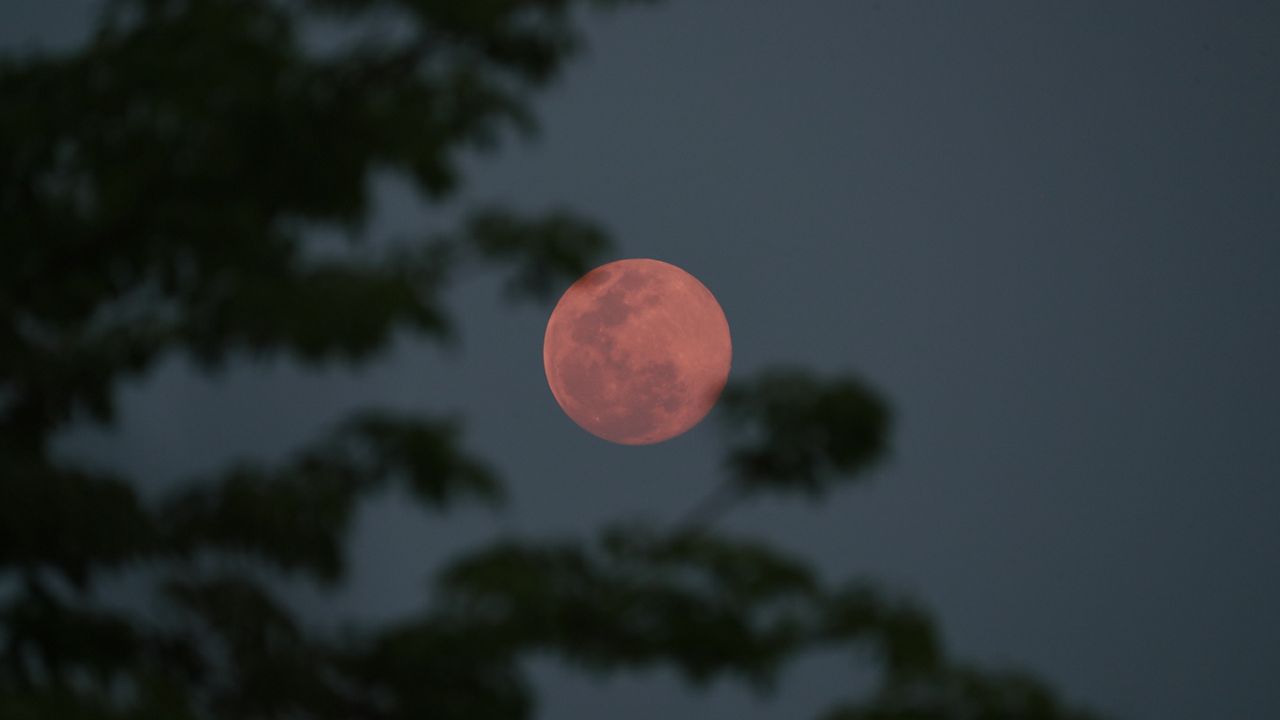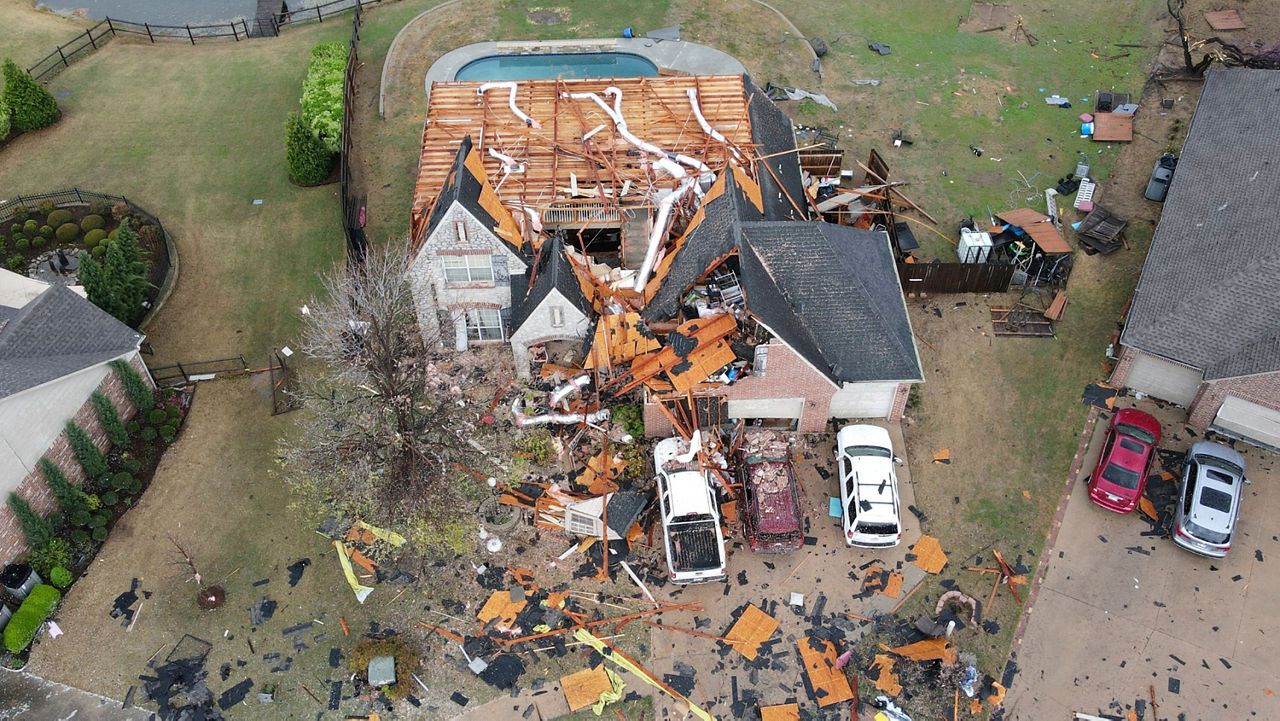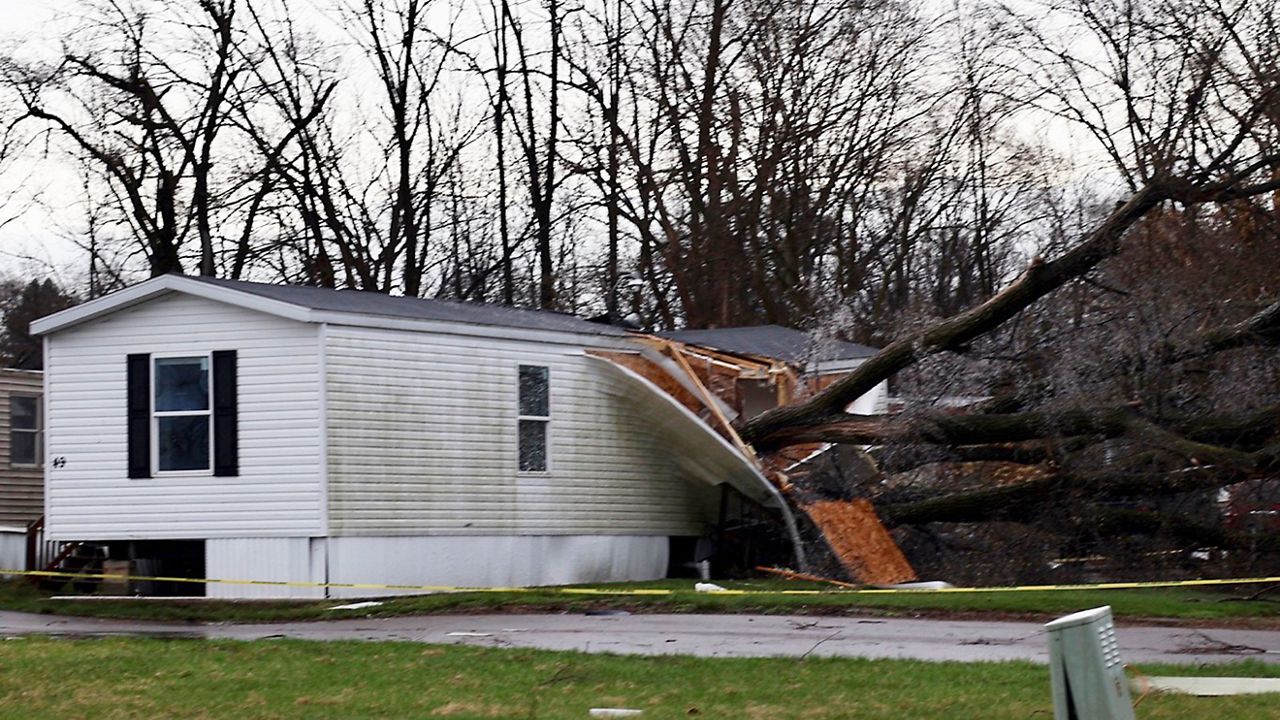Ever since Phil, the groundhog, wobbled out of his knob on Feb. 2 declaring an early spring, there’s been a countdown to spring and it’s here. Spring begins today at 10:06 p.m.
What does it mean when we say we are in spring?
Meteorologists define spring as March, April and May, where astronomically, it is March 19–June 20. We refer it to as the vernal equinox with vernal meaning spring and equinox meaning “equal night and day.”
It’s the exact time when the sun’s direct rays pass over the Earth’s equator.
The Earth is a sphere, and it takes 365 ¼ days to orbit around the sun. The Earth spins on its axis and has a tilt of 23.5 degrees upon its axis. It is because of this tilt we have seasons.
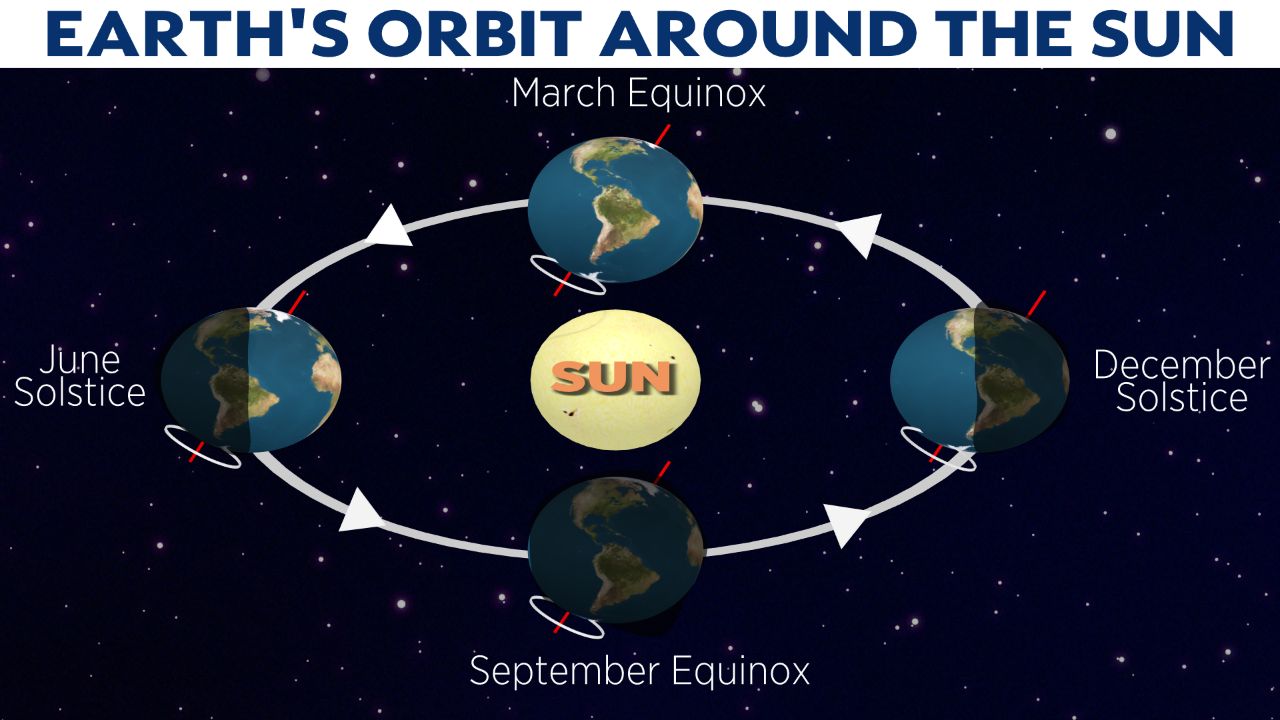
The equator separates the northern hemisphere from the southern hemisphere. During winter, the northern hemisphere tilts away from the sun and the southern hemisphere tilts toward the sun.
During the vernal equinox, the Earth is beginning its tilt toward the sun in the northern hemisphere and away from the sun in the southern hemisphere, making it appear as though the sun is passing over the equator for this transition.
For the winter solstice in the northern hemisphere, the sun will pass over the Tropic of Capricorn, which is 23.5 degrees south of the equator, the farthest location, giving way to the shortest day and longest night of the year.
For the summer solstice, it is the opposite, when the sun passes over the Tropic of Cancer, located 23.5 degrees north of the equator, the closest location, creating the longest day and shortest night.
For St. Louis area, the vernal equinox is not 12 hours of daylight and 12 hours of night, but it’s pretty close. In fact, our equal night and day occurred on March 16, where the sun rose at 7:10 a.m. and set at 7:10 p.m.
The reason our “equal” day of daylight and night doesn’t fall on the equinox is because of our own atmosphere and the physics behind how light reacts.
When light passes at an angle through one medium of a specific density and moves into another of greater density, it causes the light waves to bend.
This happens in our atmosphere when sunlight enters it. The light waves bend, known as astronomical refraction, making it so we see the sun a little longer than we “should,” so to speak.
Think of when you put a pencil in a cup of water and look through the side of the cup, the pencil appears to bend.
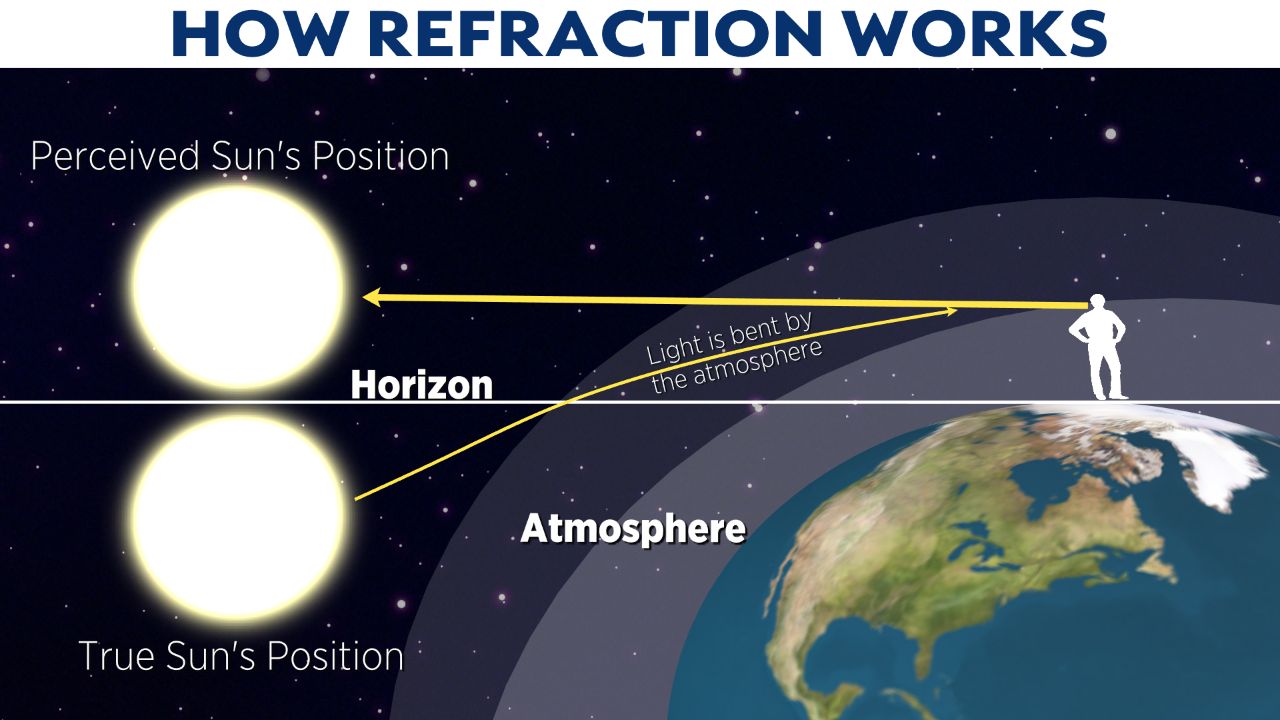
Another thing to consider is defining sunrise or sunset means.
For sunrise, it’s when you first see the sun above the horizon and for sunset, it’s when it slips below the horizon.
If you classify it, there would be a few moments longer, causing the day to be a bit longer than the night at the equinox.
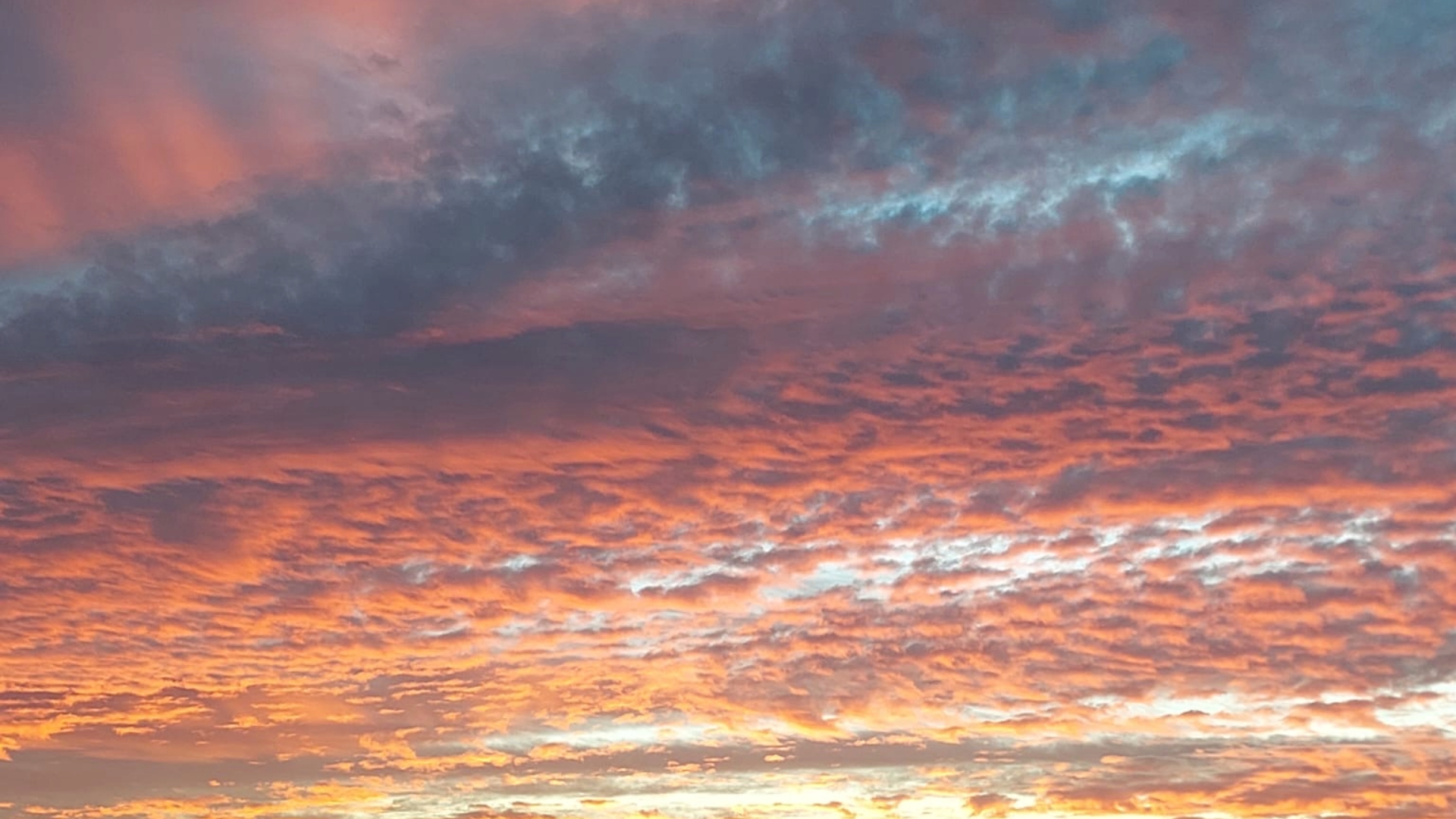
Lots of fact and fiction regarding the equinox. Some refer to the equinox as the only day you can balance an egg on its end or place a broom on the floor and it will stand on its own.
Spoiler alert, you can do these any day of the year.
According to the Climate Prediction Center, the beginning of spring is shaping up to be cooler and wetter than average in the St. Louis region.
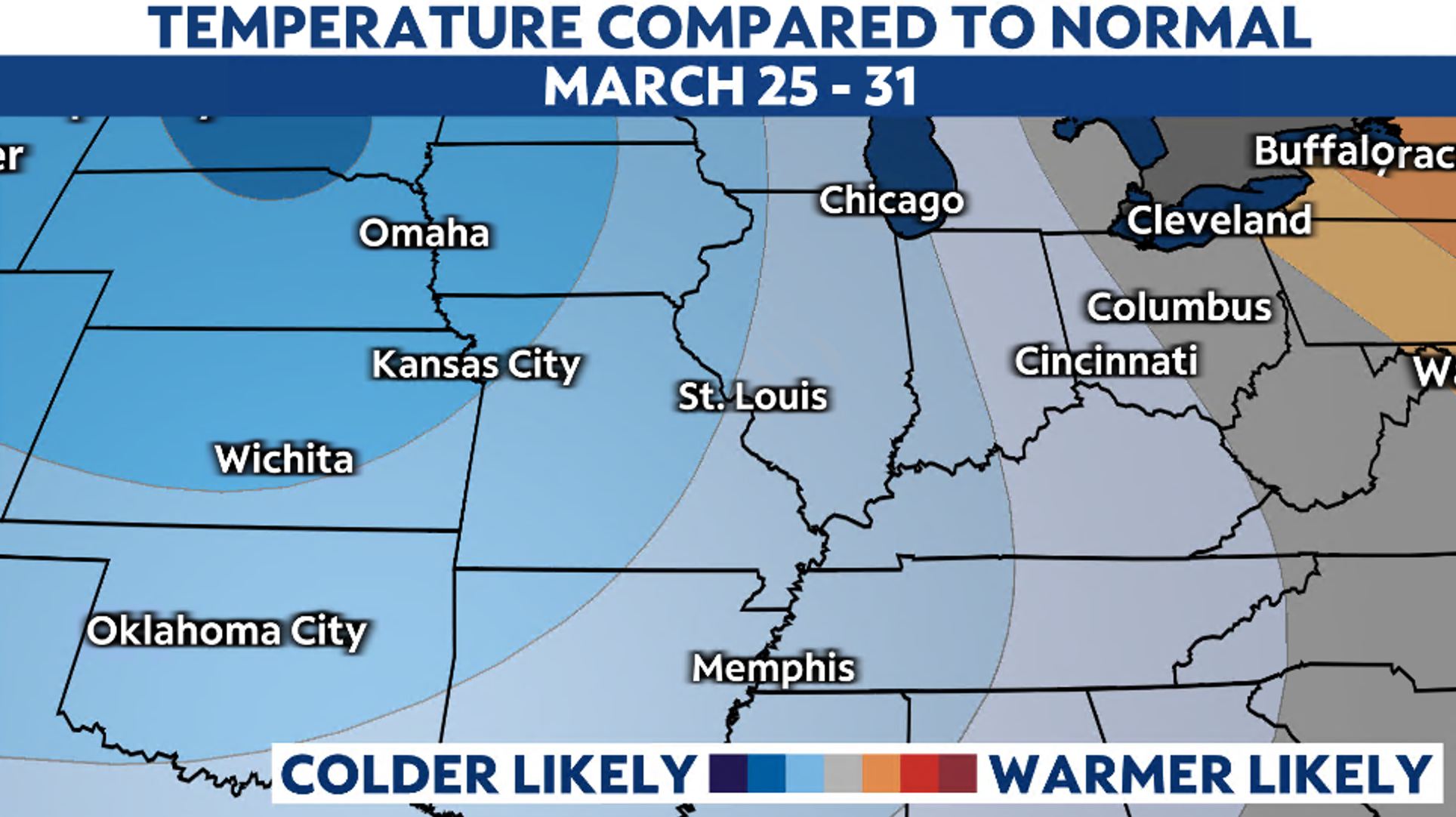
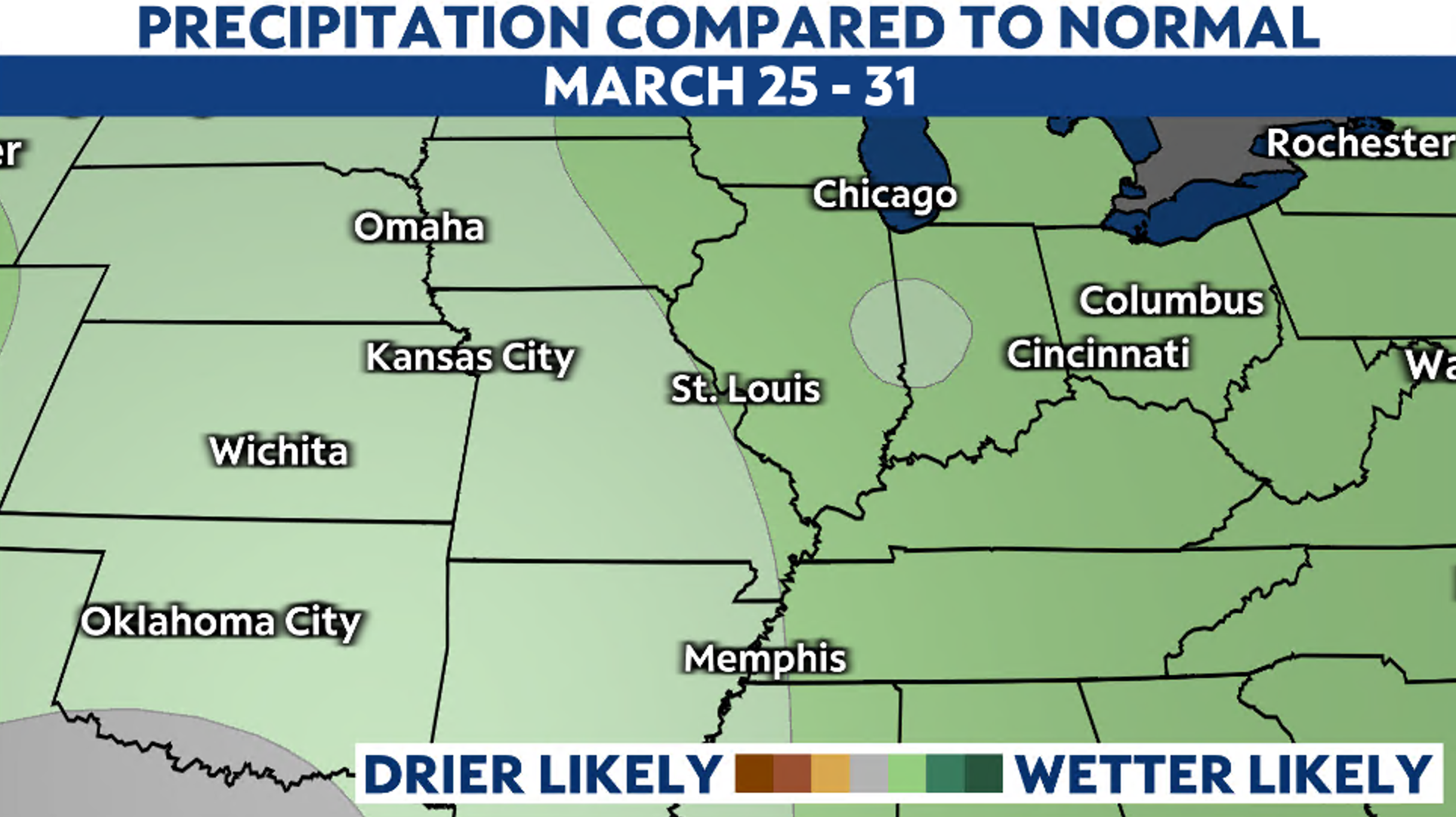
The summer solstice will begin on June 20 at 3:50 p.m. CDT this year.
Our team of meteorologists dives deep into the science of weather and breaks down timely weather data and information. To view more weather and climate stories, check out our weather blogs section.







